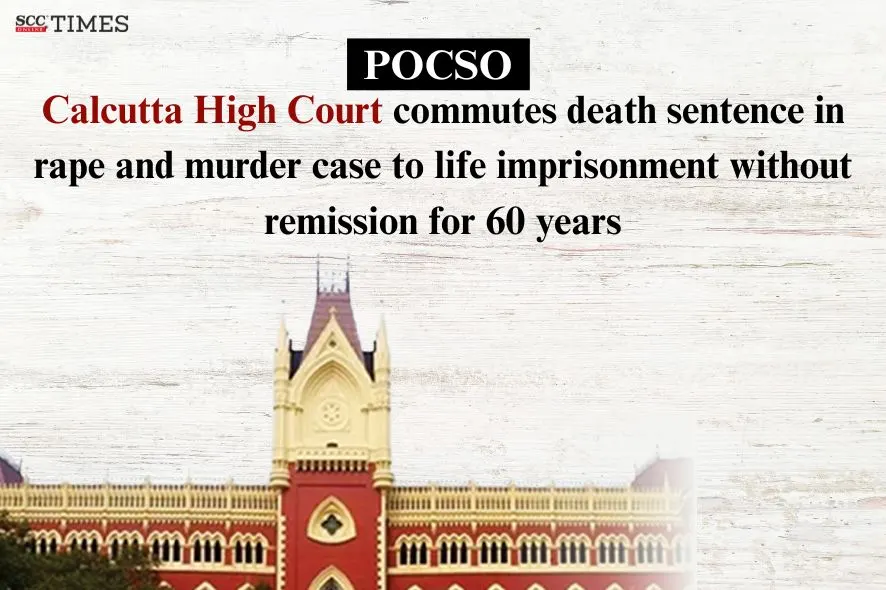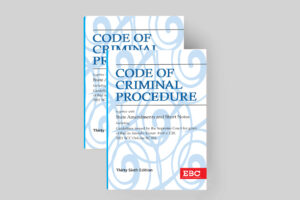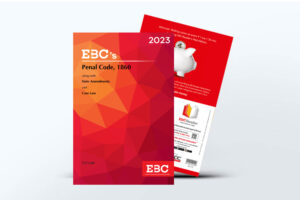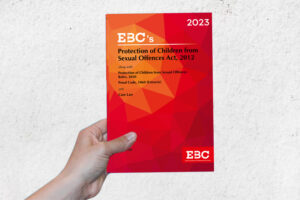Calcutta High Court: A death reference and an appeal were filed challenging the conviction judgment dated 27-06-2023 and the sentencing order dated 28-06-2023 passed by the Additional Sessions Judge in a POCSO case wherein the Trial Court had convicted the appellants under Sections 376-DB, 302 read with 34, 201 read with 34, 363, and 365 of the Penal Code, 1860, as well as under Section 6 of the POCSO Act, awarding them the death penalty. A division bench of Debangsu Basak and Shabbar Rashidi, JJ., commutes the death penalty awarded by the Trial Judge to one of life imprisonment without the possibility of remission for a period of 60 years from the date of commission of the offence.
Factual Background
The facts of the case are that the crime took place on 07-11-2021, in a rural village within the jurisdiction of Jhargram district, West Bengal. The five-year-old victim went missing from her home around 10 a.m. that day. Her father filed a written complaint registered as FIR alleging that appellant 1 had abducted the child and hidden her somewhere. The investigation led to the recovery of the child’s dead body from a canal situated within a paddy field. Appellant no. 1 was arrested, and, on his disclosure, the body was located. Following this, articles allegedly used or connected to the crime, including chocolate wrappers, a biri stub, bamboo stick, torn clothes, and ultimately a locket bearing the child’s photo, were recovered from the houses and locations associated with the appellants.
The chargesheet filed post-investigation named both appellants and his co-accused. The charges framed under Sections 302, 376DB, 201, 363, 365, 34 IPC and Section 6 of the POCSO Act were denied by the appellants who claimed false implication. The prosecution examined 30 witnesses and produced extensive documentary evidence. Based on the same, the Trial Court convicted both and imposed the death penalty.
Submissions
The appellants assailed the conviction and sentence on several grounds. It was argued by the counsel that the case was built on circumstantial evidence and riddled with inconsistencies. The primary attack was on the credibility of the evidence and that there was inconsistency regarding the place of recovery of the dead body, while the inquest report mentioned a canal, several witnesses stated it was a paddy field. Moreover, the recovery of key items such as chocolates, a biri stub, and clothing five days after the body was found raised doubts as to their authenticity and suggested fabrication.
Further, it was alleged that seizure witnesses were illiterate and had blindly signed documents without understanding their contents, thus invalidating the seizures under Section 100 CrPC. The failure to send seized items for forensic analysis, the non-examination of the Magistrates who recorded Section 164 CrPC statements, and contradictions between the statements and trial depositions were also cited to question the integrity of the prosecution case. It was argued that the medical evidence was inconclusive, especially regarding the age and cause of injuries. The defence strongly contended that the ‘last seen’ theory was insufficient in the absence of an unbroken chain of circumstantial evidence. The imposition of the death penalty, they contended, was disproportionate, especially given the socio-economic and mental health conditions of the appellants, and did not meet the ‘rarest of rare’ standard.
Analysis and Observation
The Court noted that the post-mortem clearly established aggravated penetrative sexual assault and homicidal death by strangulation. The injuries in the private parts were consistent with the use of a bamboo stick and the cause of death was corroborated by medical testimony which stood unshaken in cross-examination. In terms of circumstantial evidence, the Court found the ‘last seen together’ theory compelling. PW 1, 5, 7, and 8 consistently placed appellant 1 with the victim shortly before her disappearance. Neither of the appellants explained their presence with the child or the recovery of incriminating articles, including the chocolate wrapper, biri stub, and clothing, all seized on their showing. The recovery of the locket from the house of appellant 2 further connected him directly. The defence failed to establish any contradiction or material discrepancy that could impair the prosecution’s case. The Court held that the circumstantial chain was complete and excluded every hypothesis of innocence.
The Court addressed the discrepancy regarding the place of recovery of the body by harmonizing the statements with the sketch map, which showed that the canal was located within the paddy field area. Thus, the difference in terminology was not material. The credibility of seizure witnesses, despite illiteracy, was sustained on corroboration by other witnesses.
On the issue of sentence, the Court examined the report submitted by the State wherein it was noted that both appellants came from impoverished, socially backward families. The appellant 1 had a severe speech issue and was a slow learner. Appellant 2 had dropped out after primary school and was under psychiatric treatment. Both had no criminal antecedents and had shown good conduct in custody. The Court found that the possibility of reformation had not been ruled out by the State and that the rigid application of the “rarest of rare” doctrine was inapplicable.
Decision
While upholding the conviction for all charges, including Sections 302, 376DB IPC and Section 6 POCSO, the Court commuted the sentence from death to life imprisonment for both appellants. However, given the exceptional brutality of the offence, the Court held that mere life imprisonment simplicitor would not suffice. The sentence was modified to life imprisonment without the possibility of remission for a period of 60 years from the date of commission of the offence, ensuring that justice was done while adhering to constitutional and reformative principles.
The Court directed that all records be sent to the appropriate correctional authority and ordered necessary modification in execution of warrants. The period already undergone by the appellants was to be set off under Section 428 CrPC.
[Fagun Mandi v. The State of West Bengal, 2025 SCC OnLine Cal 6068, decided on 23-07-2025]
Advocates who appeared in this case:
For the Appellants: Mr. Kallol Mondal, Ld. Sr. Adv. Mr. Krishan Ray, Adv. Mr. Souvik Das, Adv. Mr. Anamitra Banerjee, Adv. Mr. Akbar Laskar, Adv.
For the State: Mr. Debasish Roy, Mr. Partha Pratim Das, Mr. Saryati Datta






